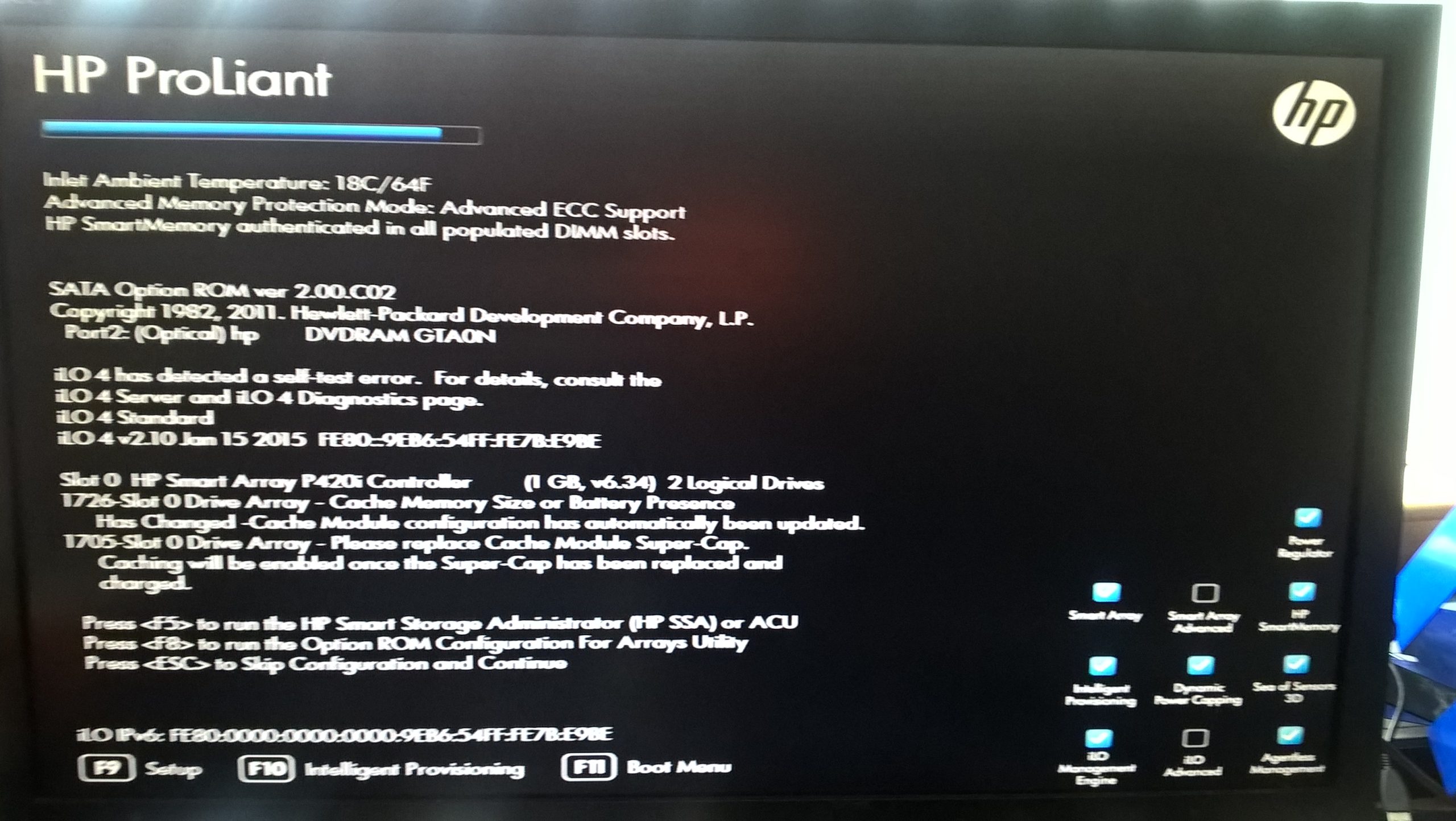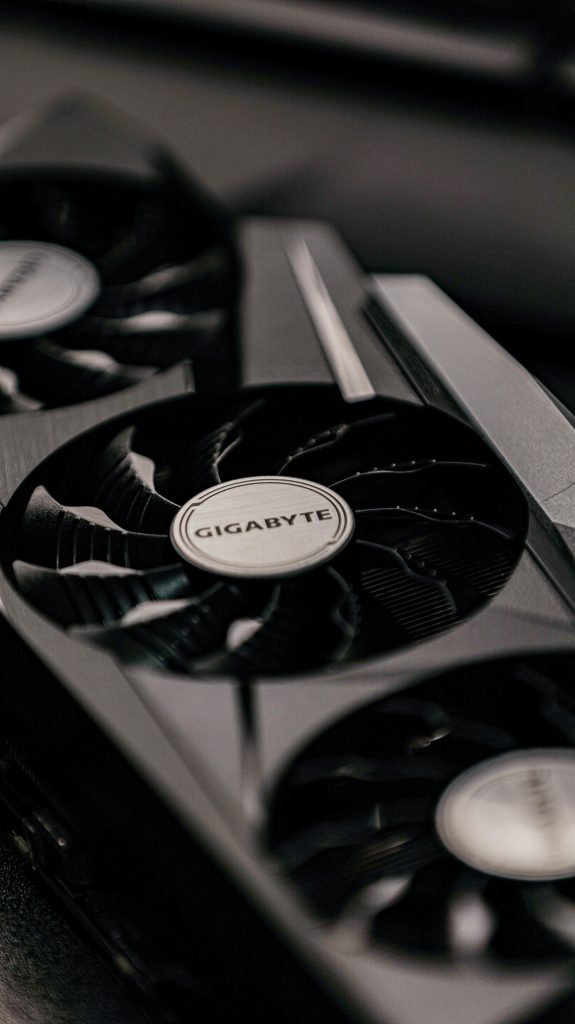The Importance of Server Maintenance and Planning: A Cautionary Tale
In today’s digital landscape, the reliability of a server is critical for any business. Unfortunately, we recently encountered a sobering reminder of this truth when a customer’s server succumbed to failure, taking with it crucial data they had relied on for years. Despite our continuous warnings over the past three years about the risks associated with their aging hardware, the situation has become a dire reality.
The dual hard drives in the server, which had likely endured years of wear, finally gave out. When we examined the server’s indicators, the LED lights were so faint that one might think they were non-functional. This dim glow extended to the hard drive error indicator as well, raising immediate red flags about the server’s overall health.
In an attempt to recover the situation, we endeavored to rebuild the RAID 10 array. However, the data on the surviving drive proved too damaged for recovery. The timing couldn’t have been worse; the last data backup was taken just two days prior, but even that is suspected to be corrupted.
Running on Windows Server 2008, the company now faces the monumental task of creating a new Active Directory and migrating all associated computers to the new setup—a process that can incur significant costs and labor. Ultimately, it raises a critical question: Was it wise for the customer to push the server’s lifespan beyond the industry norm? The repercussions include not only lost data but also several weeks of downtime as we prepare a new server to be installed.
This situation serves as a poignant reminder about the importance of maintaining and updating core infrastructure. Saving money on a server’s replacement may seem like a viable short-term strategy, but the long-term costs of lost data and productivity can far exceed initial savings.
Additionally, as an interesting side note, we discovered that the server was in a concerning state of filth—leading us to wonder if anyone had been smoking in the server room. Such neglect can contribute to hardware failure and further complicate recovery efforts.
In conclusion, this experience underscores the critical need for businesses to prioritize the health of their servers. Regular maintenance, timely upgrades, and a proactive approach to data management can prevent catastrophic failures and the subsequent fallout. Don’t underestimate the importance of investing in your company’s technological backbone—doing so can save both time and money in the long run.
Share this content:



